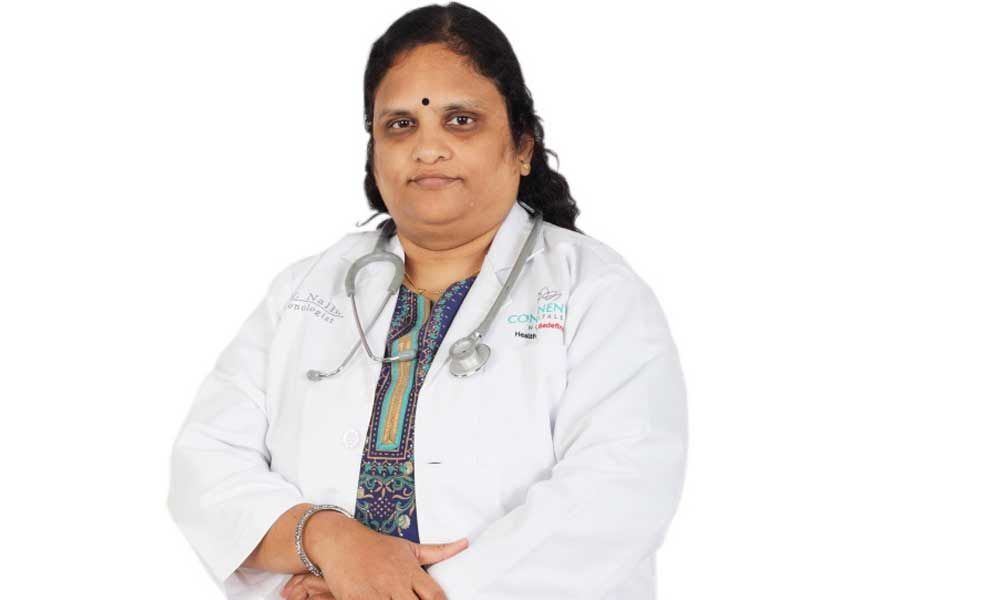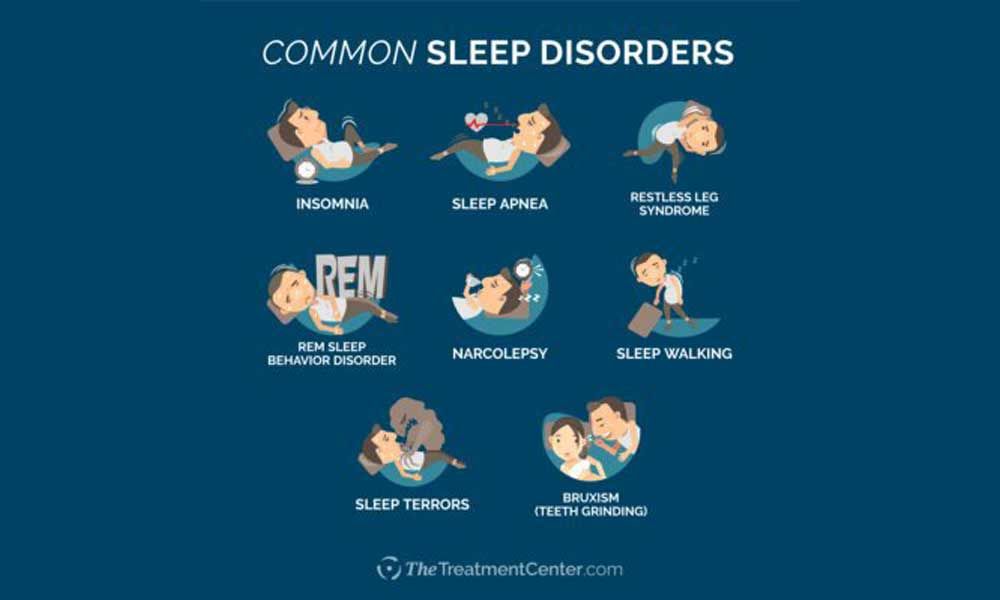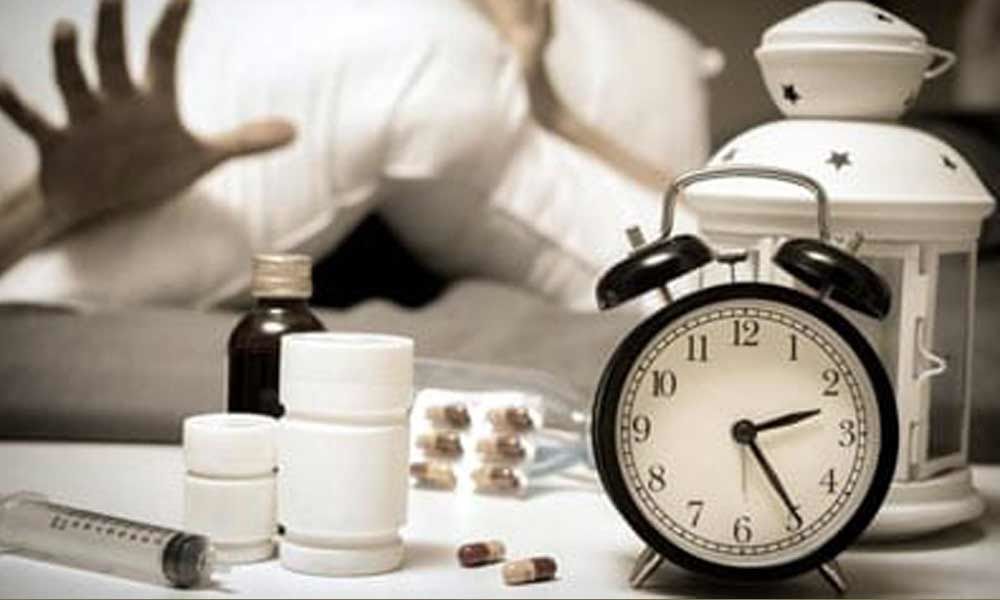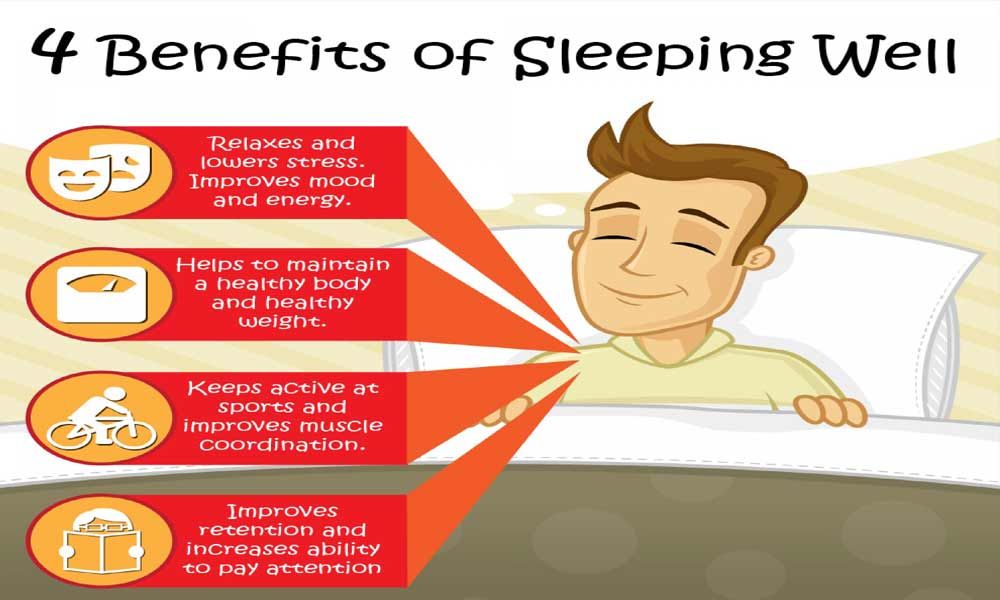Today is World Sleep Day
World Sleep Day: Sleep deprivation is a major problem. According to recent surveys, about 90% of Indians were found to be sleep deprived.
On World Sleep Day, we know Sleep deprivation is a major problem.
According to recent surveys, about 90% of Indians were found to be sleep deprived.
Sleep Apnea and insomnia are common sleep disorders which are contributing to sleep deprivation along with poor sleep hygiene.
A recent survey done by Continental Hospitals in 1000 IT professionals of Hyderabad revealed that nearly about 40% of them snore.
If your loud snoring is making your partner sleep deprived and you are not feeling refreshed and looking forward to the day even after what you think was a good night's sleep – then, there is a strong possibility of you is suffering from sleep apnea.
Untreated sleep apnea can increase the risk of diseases like heart attacks, stroke, diabetes, and motor vehicle accidents.
It can play havoc with your performance and decision making skills at work.
What is Sleep Apnea?
Sleep apnea is a disorder in which a person stops breathing during sleep perhaps hundreds of times; these gaps in breathing are called apneas.
The resulting drop in blood oxygen levels triggers the brain to disturb sleep.
This is the reason why one does not feel refreshed in the day.
Depending on the severity of sleep apnea, these episodes can happen 5- 100 times an hour.
What are the types of Sleep Apnea?
The most common type of sleep apnea is Obstructive Sleep Apnea (OSA) in which breathing is disrupted by an obstruction to the airway in the nose, mouth or throat.
In the less common type of sleep apnea, called Central Sleep Apnea there is no blockage of the airway, but the brain doesn't alert breathing muscles.
Some people may have both types, called Mixed Sleep Apnea.
How common is Sleep Apnea?
According to Indian data, the number of patients suffering from OSA is assumed to be strongly underestimated.
Several research studies suggest that the prevalence of OSA in the Indian population is about 13% and also the incidence is 3-fold higher in men as compared to women.
Although all snorers don't have OSA – all patients with OSA do snore.
Who are at Risk?
Though obese people are four times more prone to OSA, yet we are seeing an increasingly high number of non-obese patients with sleep apnea.
The other risk factors for OSA include strong family history, large neck, abnormalities of airway, alcohol use and smoking.
Although OSA is more common in middle and old age people, it can occur at any time in your life including childhood.
Many patients go undiagnosed because doctors usually don't suspect and detect OSA during a routine outpatient visit.
What are the symptoms of sleep apnea?
Snoring and daytime sleepiness are the two most common symptoms of OSA, but other possible symptoms include problems with memory, learning or concentration, morning headaches, irritability, depression or mood swings, napping at work, forgetfulness, meeting with accidents while driving due to napping for a few seconds, a dry throat on waking up, and loss of sexual desire.
Doctors who are practicing Pulmonary and Sleep Medicine encounter OSA in different scenarios.
People with polytrauma due to road accidents are found to have loud snoring in the ICU'S and OSA is sometimes found to be the root cause of the accident.
People with OSA may present with serious problems like uncontrolled high blood pressure or a stroke in an emergency situation – and again, when explored the root cause could be OSA.
Patients with OSA normally come to the physicians with symptoms like lethargy, forgetfulness, impaired memory and missing promotions at work or low grades at school – the root cause could be OSA.
Hence, OSA can present in many different ways and a high index of suspicion is warranted by the doctor and the awareness about the disease is warranted by the public.
How is Sleep Apnea diagnosed?
Once OSA is suspected, it can be diagnosed at a Sleep Centre during an overnight sleep study (polysomnography).
The sleep study charts vitals like brain waves, heartbeat, oxygen levels, and breathing.
It should be brought to the notice of the public that it would be advisable to get the first sleep study done in a dedicated and well-equipped Sleep Lab under the supervision of a qualified sleep technician.
With the mushrooming of home sleep tests in the city, the quality of the sleep tests and the interpretation of the data (which is the most important aspect) are not completely precise and fully assuring.
A properly done sleep study helps us in deciding the optimal pressure required to keep the airway open and makes the CPAP machine comfortable to the patient.
What is the treatment for Sleep Apnea?
Once sleep apnea is diagnosed, it can be treated with different modalities depending upon the severity.
Continuous Positive Airway Pressure (CPAP) devices are the standard for moderate to severe OSA.
CPAP acts as an air splint and keeps the airway open with the required amount of pressure during obstruction.
Present-day, CPAP machines are sleeker, virtually silent and much more comfortable with fitting masks compared to older machines.
Surgery is useful in patients with an obvious deformity or patients who do not tolerate CPAP. Oral appliances can be tried in mild OSA.
Weight loss benefits many people with OSA and changing from back sleeping to side sleeping may also help mild cases of OSA.
How is the awareness about OSA in India?
Awareness about snoring and OSA in the public and early diagnosis by a physician and referral to a specialist can prevent potential dangers (complications) of OSA like stroke, heart diseases, driving accidents and other metabolic syndromes and improves the quality of life.
Awareness among public and even among primary care physicians is very low in India.
While infectious diseases such as malaria, tuberculosis, HIV/AIDS still remain a top priority in our country, in the coming years the emerging epidemic of obesity including childhood obesity and its consequences will impose dual-burden that will threaten to destabilize the health services of India.
Patients undergoing routine health check-ups with symptoms of snoring, daytime sleepiness, obesity, hypertension, and high-risk cases should undergo a comprehensive sleep evaluation.
Medical examiners evaluating drivers, air pilots, railway drivers, and heavy machinery workers should be educated about OSA and should comprehensively evaluate applicants for OSA.
Those suspected to have OSA on comprehensive sleep evaluation should be referred for a sleep study.
Supervised overnight polysomnography is the "gold standard" for evaluation of OSA.
Positive airway pressure (PAP) therapy is the mainstay of treatment of OSA.
Are women with sleep apnea being under-diagnosed?
Definitely sleep apnea gets under-diagnosed in women due to multiple reasons.
Women may present with slightly different symptoms than the "classic" symptoms of snoring, witnessed breathing pauses at night and excessive sleepiness during the day.
Instead, women may present with fatigue, insomnia, morning headaches, mood disturbances or other symptoms that may suggest reasons other than OSA for their symptoms.
Also, women tend to neglect their symptoms and seek medical help late as compared to men.
Women especially once they enter the fifties, when obesity also adds to the problem, there are high chances of them developing sleep apnea.
SO, one has to remember that, though OSA is more common in men, it is being increasingly recognized in women with all metabolic complications- hence high index of suspicion is required when women present with vague symptoms of fatigue and insomnia.
(Dr. Nalini Nagalla is MD and Senior Consultant, Pulmonary and Sleep Disorders,
Continental
Hospitals, Gachibowli.)

























